

Rolex SA 46°11'44.7"N 6°11'58.2"E
For the Rolex world headquarters and assembly workshops in the Acacias industrial zone, we devised solutions to extend the site, which was built in the 1960s. br designed a vast industrial structure consisting of two elongated, parallel, six-storey volumes to house the assembly workshops and administrative offices. Placed at the back of the tower, these buildings form a compact, homogeneous whole with the existing structure.
The original tower, raised by three storeys, thus becomes the global administrative headquarters of the multinational watchmaker.
All the buildings on the site are clad in glazing to create a coherent whole. A transparent or opaque grey for the industrial units and an emblematic translucent green for the administrative headquarters tower.
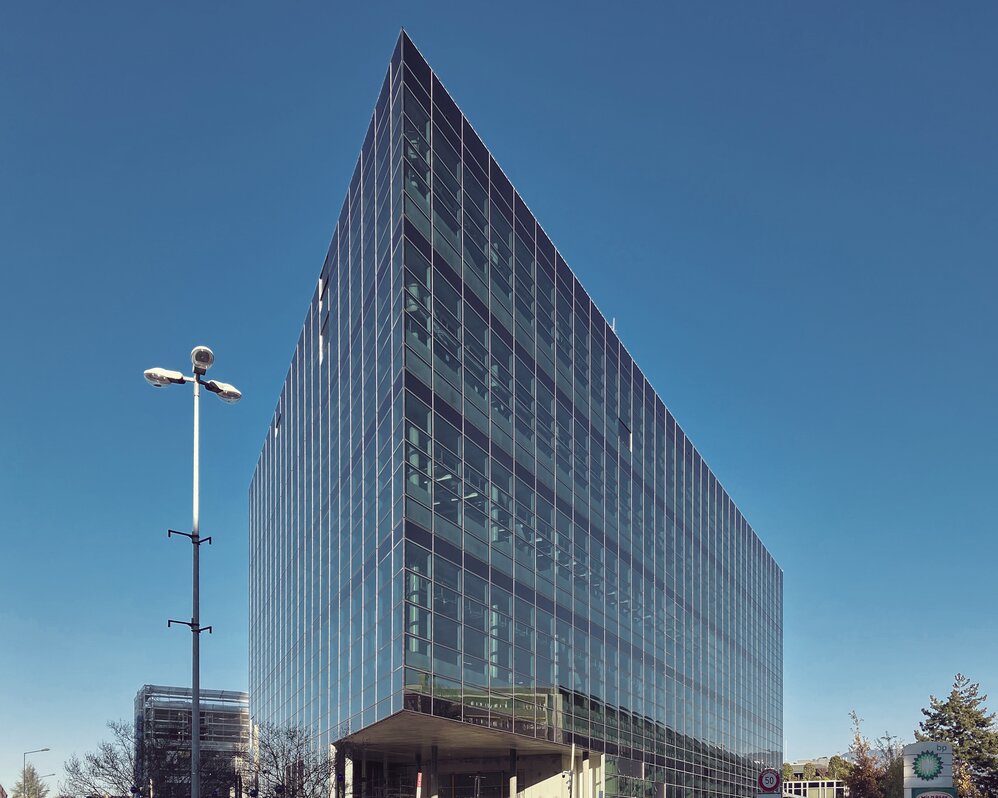
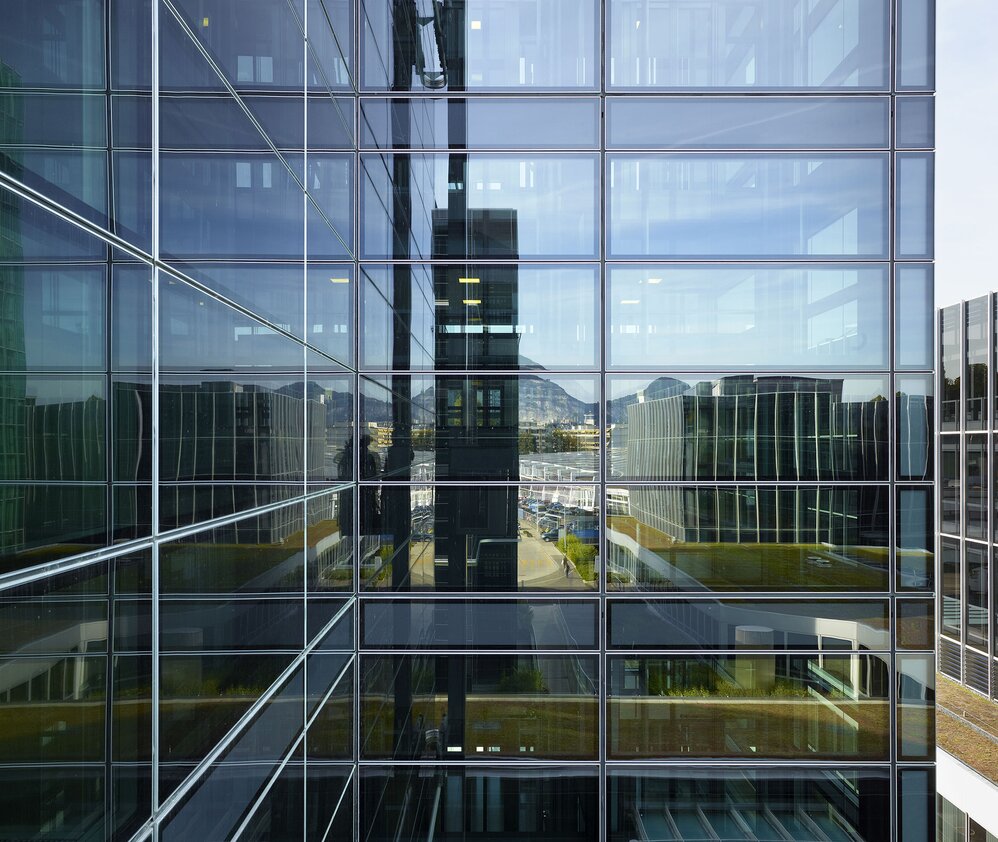
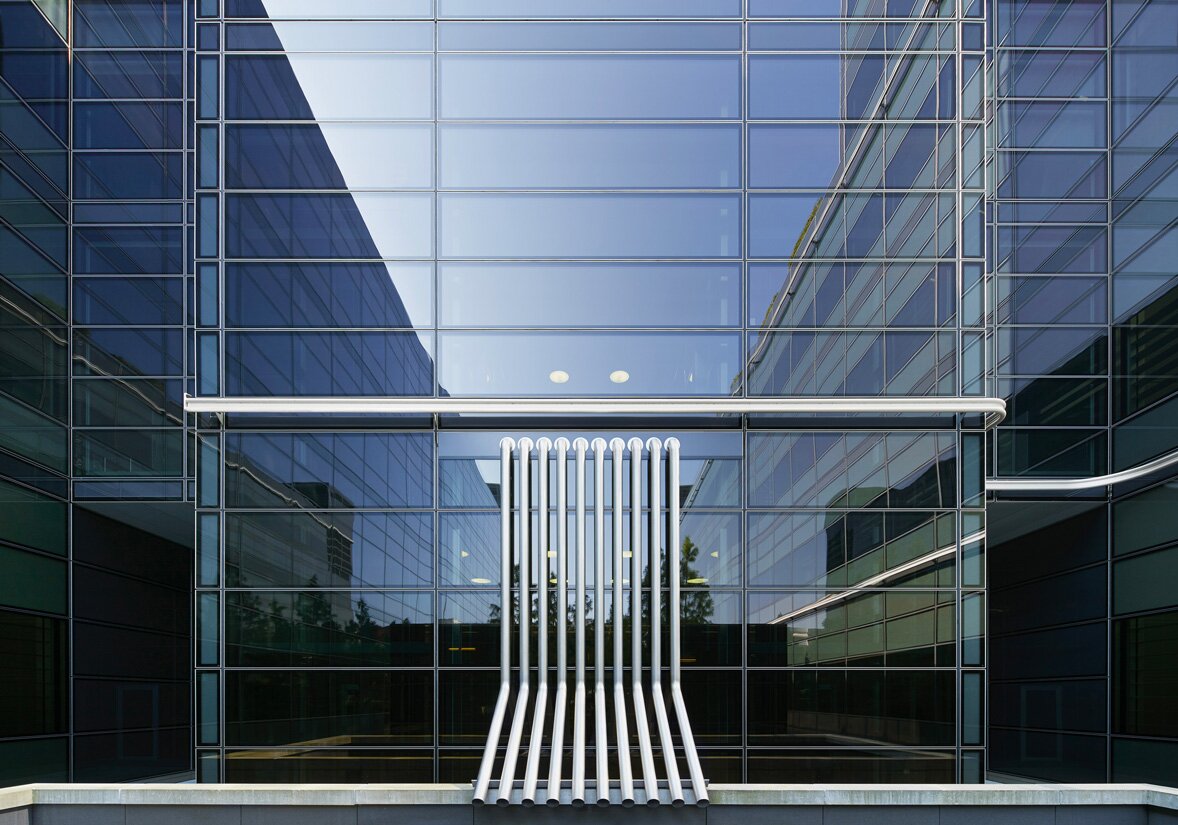
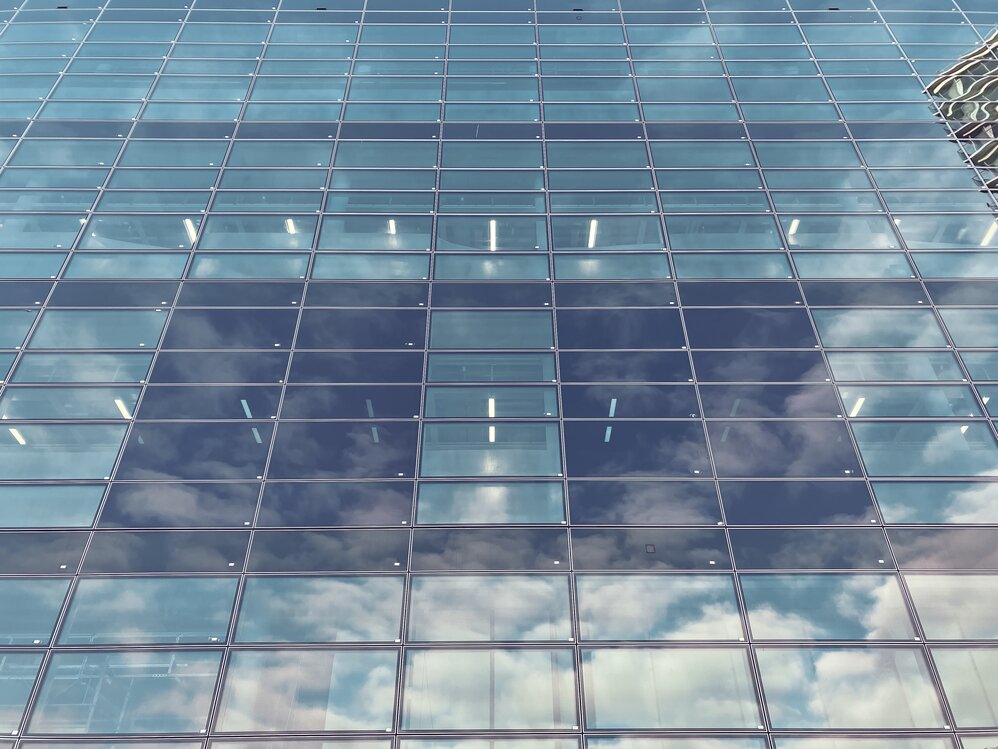
"Rolex is the client that devotes most attention to what it builds."
In 1961 Rolex launched an ambitious plan for a series of new buildings to house the brand’s administrative headquarters and watchmaking workshops in Geneva, Switzerland. The watch-manufacturing company has been at the forefront of innovation since it was founded, and architecture provided the ideal medium to display its passion for modernity.
With the architectural firm of Addor, Julliard & Bolliger, Rolex made its mark on Geneva by erecting twin towers on columns in the industrial area of Praille-Acacias. In a unique contemporary reinterpretation of the concept of a factory, a whole series of activities – ranging from the manufacture of watches and related products to marketing, after-sales service and distribution – were clustered in one place. Mingling offices and manufacturing workshops in the same spatial unit, the buildings formed a complete entity, which was both complex and autonomous. The two-tower, metal-and-glass structure was a tangible expression of concepts dear to the brand, such as precision in detail, care in assembly and technical excellence. Rolex’s new headquarters quickly became an icon of modern architecture in Geneva.
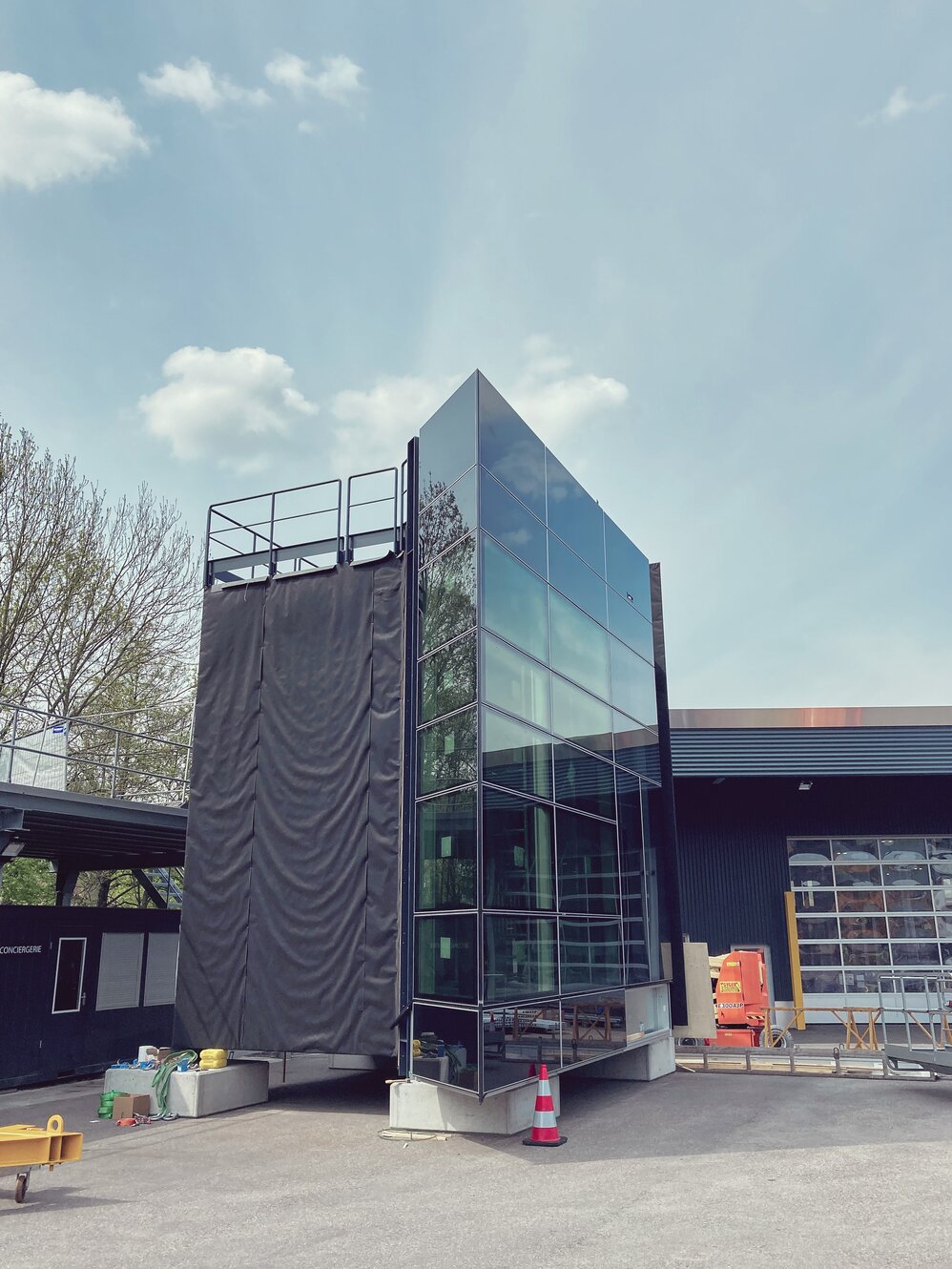
A passion for architecture
The site of Rolex world headquarters in the Praille-Acacias area was transformed into an imposing administrative and industrial complex with a metropolitan downtown feel. The transformation combined the modern elegance of the original towers, now several storeys higher, with the monumental proportions of new watchmaking workshops. Glass façades in anthracite grey shaped the contours of the new Rolex headquarters, the twin towers emerging with a second façade in glass coloured green, the brand’s emblematic colour.
Rolex went on to build a second large-scale industrial complex in the south-west of Geneva. This compact, solid new development provided 130,000 square metres of usable area on 11 levels, five of them below ground. Its technical and architectural attributes remained identical to those of the Acacias site: spatial versatility, thanks to the optimized dimensions of the supporting structure; lighting conditions adjusted to suit particular needs through the automatic control of natural light; prefabricated structural elements and façades with extremely precise modular systems; glass panels for façades; and automatic, computerized internal logistics.
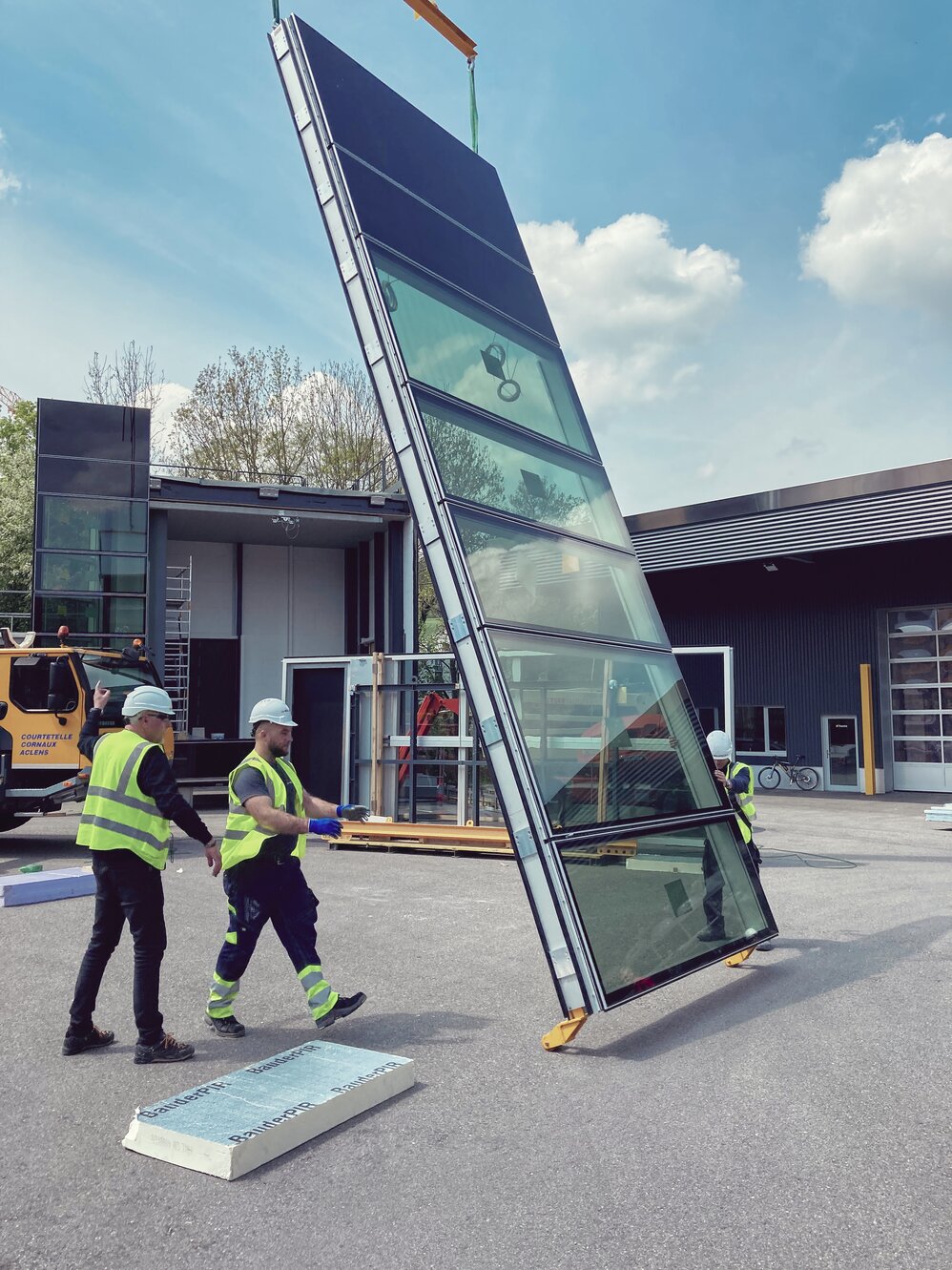
From mere buildings, Rolex’s industrial complexes in the city had now grown to the size of megablocks, keeping pace with the general trend towards concentration of contemporary urban society, of which outsize architecture is merely a reflection. In their density and compactness, they are reminiscent of major commercial, sports, cultural and mobility infrastructure. But their dimensions also meet the criterion of versatility, laid down as a condition by the client and often highlighted by the architects and engineers responsible for the project. This versatility is in keeping with the flexibility required to cope with the constant changes in economic and technological conditions, and which relies completely on the presence of high-performance technical infrastructure.
The Rolex buildings are a contemporary expression of architectural principles that prevailed throughout the 20th century in modern metropolises. Industrial processes and their rational nature were granted a decisive role in the development of architecture and the renewal of aesthetic codes.
Nowadays, however, the rigour of modern architecture seems to have lost something of its progress-heralding aura. It has given way to architectural feats made possible by the prowess of contemporary engineering and by materials capable of unheard-of applications. The “surprising” forms made possible by technological innovation are now widespread to the point of becoming commonplace. The beauty of truth in building is thus being replaced by the pleasure and prestige delivered by a “one-off” shape or exclusive packaging.
But this is not the attitude adopted by Rolex. In its buildings in Geneva the brand has opted for technological innovation deployed in the interests of functionality. So the legacy of modern architecture still seems relevant, while the technical and functional efficiency resulting from the use of innovative technology provides confidence and comfort. And if a high-precision product’s efficiency is a precondition for its quality, then, at Rolex, discretion about how that is achieved appears to be the rule.